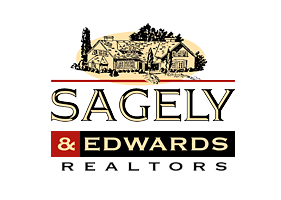
Visit Mobile Site

Find out how much your home is worth!
It's free, simple & easy.
Stay up to date with the latest real estate news and special promotions!
Subscribe to our newsletter to get up-to-date info on the latest housing market conditions for this area.

The term fixer-upper common applies to properties that real estate investors purchase, improve and then sell on the open market for a profit. Too often, investors involved in rental properties ignore the concept of a fixer-upper as something that should only be explored by those looking to sell their properties. However, by applying those some fixer-upper techniques to your property, you can gradually increase the value of your investment.
Plainly stated, your renters will pay you more for a nicer place to live. That concept has been proven over time and as long as your location remains viable and the renting market in your area remains steady, the renovations you put into your property can come back to you as increased rent payments over time. Proactive real estate investors that maintain rental properties continuously improve their holdings not only to have a more attractive property for an eventual sale, but to gradually increase rent payments in the mean time.
Take Advantage of Lost Tenants
While losing the revenue stream rent provides when a tenant moves out of your property is negative, it is also an opportunity to go into the unit and renovate it to command more rent from your next tenant. Just as a home buyer looks at common features such as the bathroom and kitchen amenities, so too do renters. By adding features to your property like updated appliances or a new dishwasher, you increase the value of your property and the amount of rent you can charge.
Of course, as you gradually increase the amount of rent you can charge, you also make your real estate property a stronger investment and a more attractive target for buyers should you ever choose to sell the property. The number one feature investors look at for an existing property is cash flow and if you can gradually inch that cash flow upwards, you can reap a bigger reward should you decide to eventually sell.
Be More Proactive Than Reactive
The common tendency for investors that own rental properties is to be a reactive landlord, only fixing those things that break and only tending that needs that are voiced. As you maintain your property over time, this can be a losing proposition as you see no benefit from having to replace a toilet for a renter that is locked into a particular rent payment.
As tenants move in and out of your property, think about updating fixtures both within individual units and in common areas to not only save yourself money by preempting possible problems down the road, but building a more attractive environment that new renters can enjoy (and pay for). This proactive approach will leave you in a better situation down the road as you can present a unified, updated appearance to your property instead of a random collection of updated items that were repaired as they broke.
The concept behind fixer-upper properties is not limited to consumers looking to buy a new home and flip it for profit. Publicity and coverage of fixer-upper techniques has never been hotter in the media than it is right now and as a rental property investor, you can take advantage of those same bits of advice and techniques. Keeping up to date on the ways you can improve your investment is unique.
For example, you cannot go down to your portfolio manager and perform maintenance on your mutual fund to improve its value. Take advantage of the unique nature of real estate investment and engage in all of the measures you can to gradually improve the cash flow of your real estate investment and the overall worth of your investment.